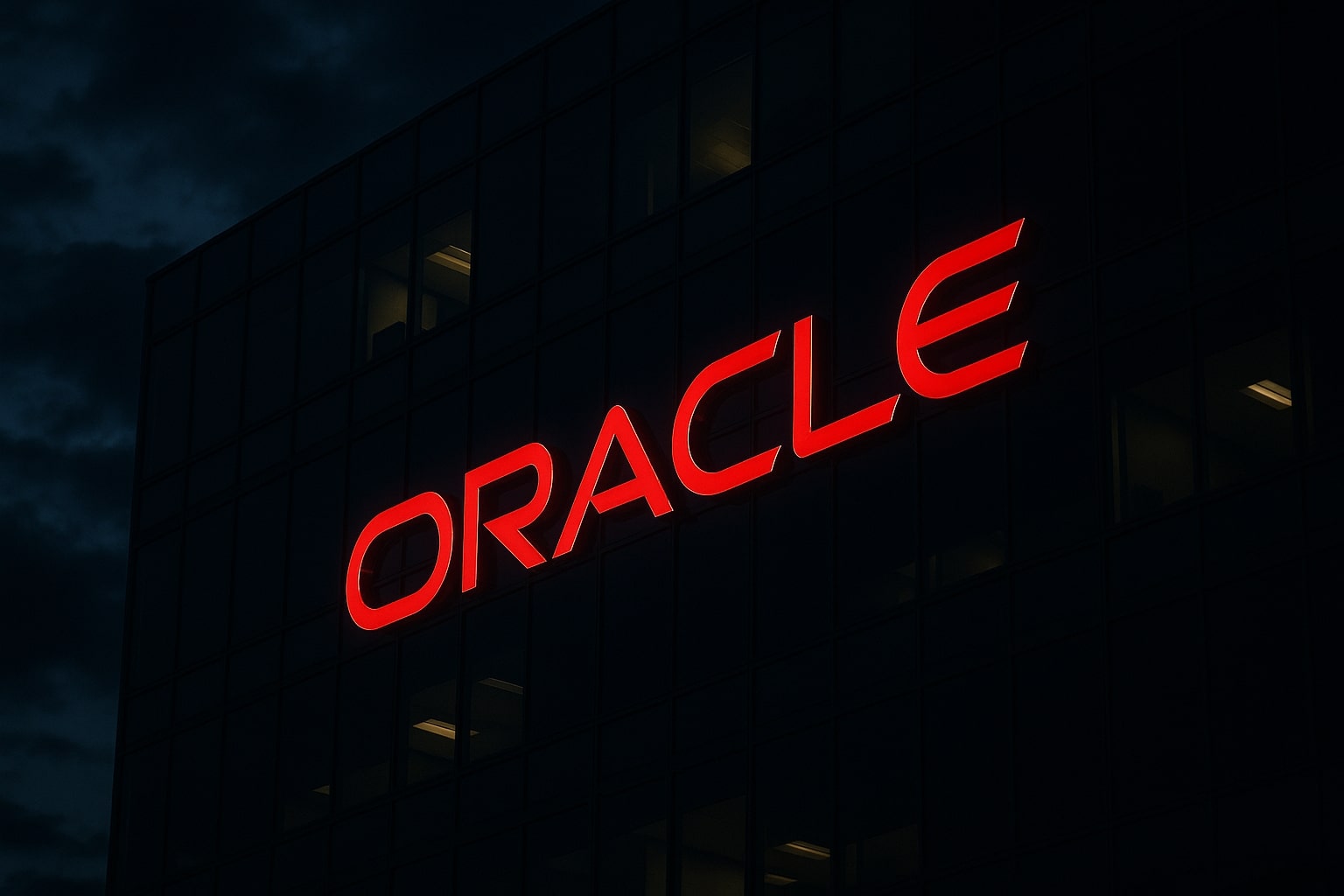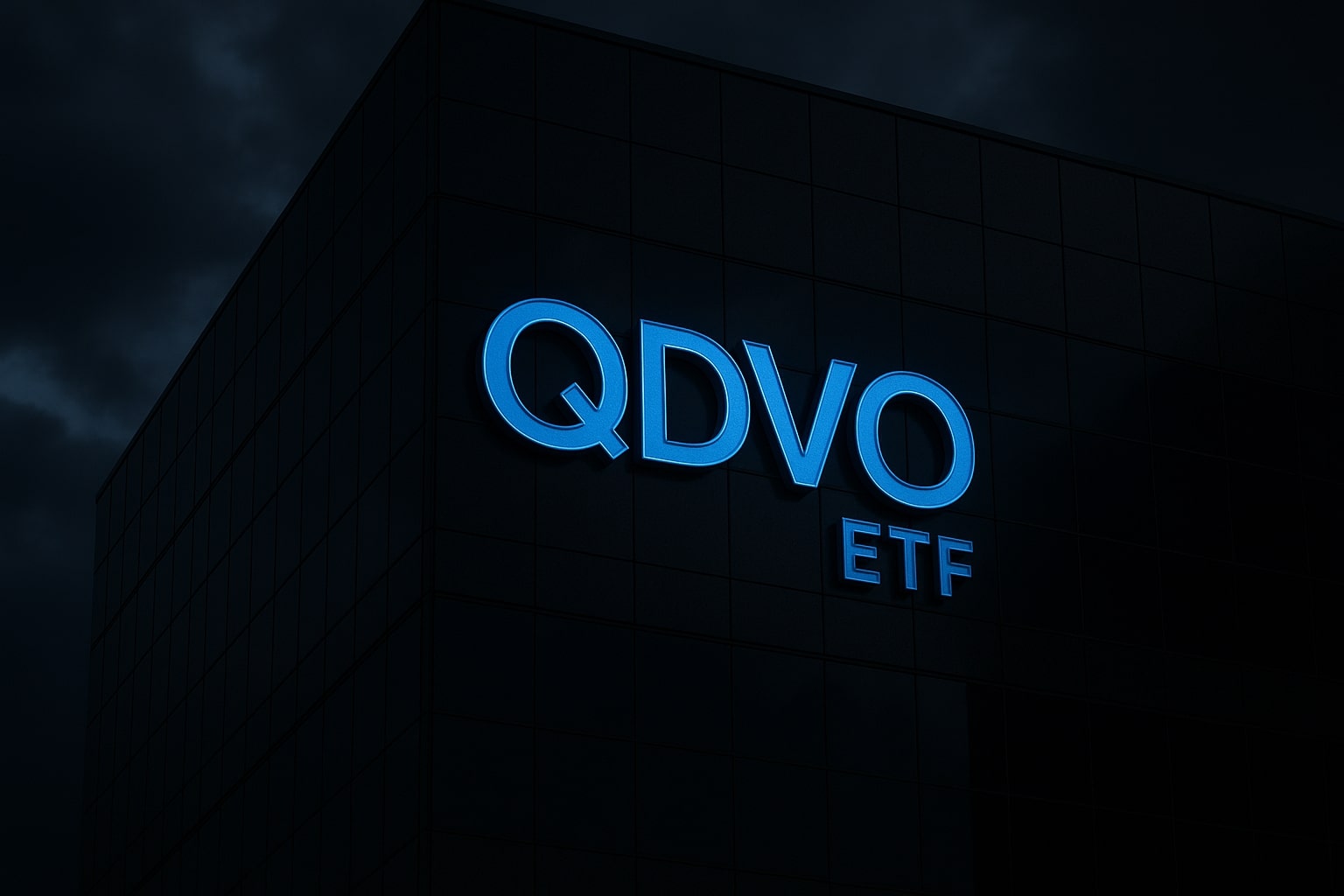
Oracle Stock Price Forecast - ORCL Surges Toward $251 as $300B OpenAI Deal Triggers Record AI Cloud Growth
Oracle enters a new era of expansion with 77% OCI revenue guidance, 16% total sales growth, and a $35B CapEx plan fueling data center dominance | That's TradingNEWS
Oracle Stock Price Forecast - (NYSE:ORCL) Breaks Into Its Fastest Growth Era in Two Decades
Oracle Corporation (NYSE:ORCL) is pushing aggressively into artificial intelligence and cloud computing dominance, as its shares traded near $250.57 on November 5, 2025, gaining +0.98% intraday with a market capitalization of $713.8 billion. This milestone comes as the company enters what can be defined as its strongest expansion cycle since the early 2000s, powered by explosive demand for its Oracle Cloud Infrastructure (OCI), strategic AI partnerships, and a multi-billion-dollar pipeline tied to OpenAI’s $300 billion cloud commitment.
AI Cloud Expansion Reshapes Oracle’s Revenue Structure
Oracle’s fiscal 2025 results confirmed a company in transition. Total revenue rose 12.17% YoY to $14.93 billion, with operating income climbing to $6.3 billion (+18.35%) and EPS at $1.47 (+5.76%). The standout performance was in cloud infrastructure, which surged 49.3% YoY, driving management to issue a 77% OCI growth forecast for FY2026 — the highest in company history. Oracle’s revenue mix shows how deeply this shift has taken hold: OCI now represents 18% of total revenue, up from 6% in 2021, while legacy database services have shrunk to 34%.
$300 Billion OpenAI Deal Creates Historic Backlog Surge
Oracle’s defining catalyst is its $300 billion, five-year AI infrastructure partnership with OpenAI, which sent its remaining performance obligations (RPO) skyrocketing 359% YoY to $455 billion, with a sequential boost of $317 billion directly linked to this contract. Through the Azure-OCI Interconnect and Database@Azure, OpenAI can run Oracle GPU clusters directly through Microsoft’s Azure environment, combining compute and database proximity for ultra-low latency AI training. This collaboration has effectively positioned Oracle as a primary backbone for global AI workloads, granting it a recurring cloud revenue pipeline unseen in its 47-year history.
Massive Data Center Buildout Underpins the AI Expansion
To fulfill its commitments, Oracle has embarked on an unprecedented buildout. The company raised $18 billion in bonds in September 2025 and is negotiating a further $38 billion debt package to finance massive facilities in Texas and Wisconsin dedicated to AI infrastructure. Management guided FY2026 CapEx at $35 billion, a 91% year-over-year increase, as part of the multiyear Stargate project — a network of ultra-scale data centers co-developed with OpenAI and major hyperscalers. CEO Safra Catz emphasized that these facilities will “anchor Oracle’s position as the indispensable compute layer for global AI.”
Multi-Cloud Partnerships Strengthen Market Reach
Unlike previous eras dominated by single-vendor lock-ins, Oracle’s new multi-cloud strategy has become a strategic differentiator. The company now delivers its Autonomous Database and Exadata Cloud services natively inside Microsoft Azure, Amazon AWS, and Google Cloud. This cross-cloud deployment gives enterprises the flexibility to use Oracle’s database stack without migrating workloads entirely off competing clouds. As of Q1 FY2026, Oracle reported 23 active multicloud database regions, with 47 more under construction, representing 204% growth YoY. Multicloud database revenue has reached an annualized run rate of $2.6 billion, accounting for roughly 21% of total OCI sales.
SaaS and Enterprise Applications Drive Stable Recurring Income
Beyond infrastructure, Oracle’s Applications Cloud division — including Fusion ERP, NetSuite, HCM, and CRM — delivered steady growth. FY2025 Applications revenue rose 6.7%, while SaaS sub-revenue jumped 10.9%, fueled by double-digit gains in Fusion Cloud ERP (+15.6%) and NetSuite Cloud ERP (+19.4%). With more than 94% of large enterprises adopting cloud-first systems, Oracle’s SaaS ecosystem provides a recurring revenue base that balances the capital intensity of its AI-driven expansion.
Financials Reflect Investment Cycle, Not Weakness
Oracle’s balance sheet shows the pressure of rapid expansion but not financial fragility. The company holds $11.01 billion in cash, $82.2 billion in long-term debt, and $9 billion short-term debt, giving it a net-debt position near $80 billion. Free cash flow over the last 12 months turned negative at –$5.9 billion, largely due to $27.4 billion in CapEx, yet operating cash flow rose 13% YoY to $21.5 billion. Oracle’s management paused buybacks but maintained a 0.80% dividend yield, preserving capital for infrastructure spending.
Global Market Position and Competitive Edge
In the global cloud race, Oracle remains smaller than AWS, Azure, and Google Cloud, but its trajectory is steep. Market share has expanded from 1% in 2020 to 2.7% in 2025, with projections to surpass 4% by 2028. OCI’s competitive pricing — 43% below the $48.41 market average — and Oracle’s planned 70 public cloud regions enhance its edge in enterprise adoption. In the AI-infrastructure market specifically, Oracle’s vertical integration of hardware, databases, and GPU clusters gives it a cost-efficiency advantage that hyperscalers struggle to match.
Read More
-
Intel Stock Price Forecast - INTC Shares Retreats from $42 Peak as Investors Digest AI Partnerships
05.11.2025 · TradingNEWS ArchiveStocks
-
XRP Price Forecast – XRP-USD Climbs to $2.27, Eyes $6.80 Target by 2026
05.11.2025 · TradingNEWS ArchiveCrypto
-
Oil Price Forecast - Oil Prices Slide Below $60; WTI and Brent Retreat
05.11.2025 · TradingNEWS ArchiveCommodities
-
Stock Market Today: Tech and Biotech Power a Cautious Comeback — AMD, Amgen, Nvidia Lead Nasdaq Recovery
05.11.2025 · TradingNEWS ArchiveMarkets
-
GBP/USD Price Forecast - Pound Hits Seven-Month Low as Reeves’s Tax Warning Drive Pound Toward 1.3000
05.11.2025 · TradingNEWS ArchiveForex
Profitability, Valuation, and Forward Guidance
Oracle’s operating margin of 31.6% and three-year average of 30.3% rank among the highest in enterprise software. Despite heavy CapEx, management reaffirmed FY2026 total revenue growth guidance of +16% and cloud-specific growth of +77%, with an expected OCI contribution of $8 billion excluding multicloud database. Analysts estimate FY2026 total revenue at $17.5 billion (+17.8%) and model a 5-year CAGR near 24%, more than double historical averages.
At a forward P/E of 57.9×, Oracle trades at a premium to Amazon (46×) and Google (32×), but its AI-linked growth and backlog justify the valuation. Updated DCF models based on these growth trajectories yield a fair value of $327 per share, suggesting ~30% upside from current levels.
AI Infrastructure, Debt Strategy, and Competitive Risks
Oracle’s rapid expansion brings short-term risks. Rising interest expenses from bond issuances could pressure EPS through FY2026, and dependence on OpenAI introduces concentration risk — estimated to contribute ~28% of Oracle’s 2028 revenue. Yet the company’s multi-cloud model offsets some exposure by diversifying workloads across hyperscalers. Its strategy mirrors that of infrastructure peers like CoreWeave and Nvidia-backed Nebius, but Oracle’s integration depth makes it uniquely positioned for high-margin AI compute contracts.
Verdict: Oracle Stock (NYSE:ORCL) – A High-Conviction Buy Into the AI Super-Cycle
Oracle is entering an unprecedented growth phase — blending AI infrastructure, multicloud dominance, and enterprise SaaS resilience into a single accelerated model. The $300 billion OpenAI agreement, 77% OCI growth target, and $35 billion CapEx buildout mark the structural foundation of its next decade. Despite near-term free-cash-flow pressure and debt expansion, Oracle’s execution, backlog visibility, and entrenched enterprise footprint point toward a sustained multi-year uptrend.
TradingNews.com Verdict: Buy (Target $327.11) — Oracle’s valuation re-rating remains incomplete as the company cements its status as a global AI and cloud infrastructure powerhouse.



















